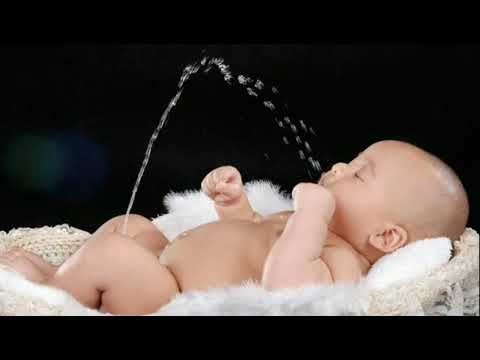
Urinary system-human waste disposal site
(1) Anatomical characteristics of infant urinary system
The urinary system includes the kidneys, ureters, bladder and urethra. The kidney is not only an important excretory organ, but also an important regulatory organ and endocrine organ that maintain the stability of the body's environment.
1.Kidney
The kidneys of newborns are relatively large. The two kidneys weigh about 25 grams at birth (about 1/120 of the body weight), and gradually grow to 300 grams (about 1/200 of the body weight) in adults. The surface of the kidney is uneven, lobulated, low in position, and the lower end can be as low as about the fourth waist push level below the iliac ridge. Therefore, it is easy to palpate the kidney (especially the right kidney) when palpating the abdomen of infants under 2 years old. The surface lobules disappear until 2 to 4 years old. As the body grows taller, the position of the kidney gradually rises, and finally reaches the waist.
2. The ureter
The baby's ureter is long and curved, and the wall muscles and elastic fibers are underdeveloped. It is easy to expand and be compressed and twisted to cause obstruction, resulting in urinary retention and inducing infection.
3. Bladder
The baby's bladder is located higher, and it is easy to rise into the abdominal cavity when the urine is full, and gradually drop into the pelvic cavity with age. The bladder mucosa is soft, and the muscle layer and elastic fibers are underdeveloped. At the same time, a section of the ureter that is obliquely buried under the bladder mucosa at the junction of the ureter and the bladder is relatively straight and short. Urinary tract infection is induced by ureteral reflux. With age, this section of the ureter grows, the muscles mature, and the anti-reflux mechanism is strengthened.
4. Urethra
The urethra of a newborn girl is only 1 cm long, and the outer mouth is exposed and close to the anus, which is easy to be contaminated by feces. Baby boys have a long urethra (5-6 cm), but they often have phimosis, which can also cause bacterial infections when fouling.
(2) Physiological characteristics of infant urinary system
The kidneys can function effectively when a full-term baby is born. Under normal circumstances, it can complete the physiological function of the kidney, but the energy reserve is poor and the regulation mechanism is not mature enough. Under the state of improper feeding and disease, it is prone to dysfunction. After birth, the body The regulation of the internal environment mainly depends on the maintenance of the kidneys. With the improvement of physiological requirements, the renal function increases rapidly. After the age of 1-1.5 years, the various renal functions are close to adult levels in terms of body weight or body surface area.
